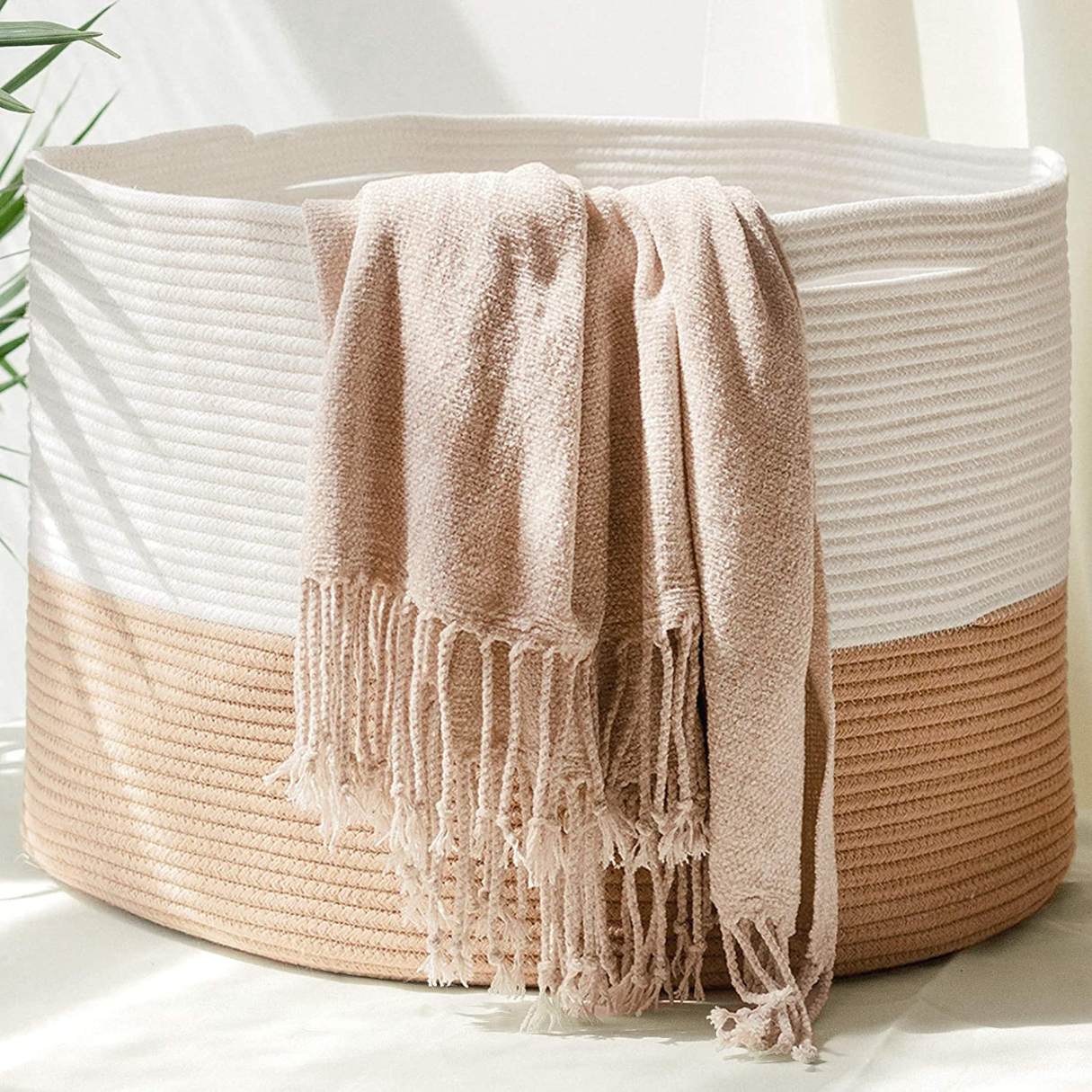

Articles
How To Store Large Blankets
Modified: October 27, 2024
Learn how to store large blankets properly with our informative articles. Find the best tips and tricks to keep your blankets in perfect condition and save space.
(Many of the links in this article redirect to a specific reviewed product. Your purchase of these products through affiliate links helps to generate commission for Storables.com, at no extra cost. Learn more)
Introduction
Blankets are essential for providing warmth and comfort during the colder months, but what do you do with them when the seasons change? Storing large blankets can be a challenge, especially if you have limited space. However, with proper preparation and organization, you can ensure that your blankets stay clean, protected, and ready for use when you need them.
In this article, we will guide you through the process of storing large blankets effectively. Whether you have thick winter blankets, cozy fleece blankets, or decorative throw blankets, these tips will help you keep them in great condition and free up valuable space in your home.
Before you begin the storage process, it’s important to clean your blankets thoroughly. Over time, blankets can accumulate dust, dirt, and stains. By starting with clean blankets, you’ll prevent any potential damage or odors while they are in storage.
Once your blankets are clean, it’s time to fold them properly. Folding blankets neatly not only saves space but also allows for better airflow and reduces the chances of wrinkles or creases developing over time. We’ll show you the best way to fold different types of blankets depending on their size and material.
Choosing the right storage container is crucial to keep your blankets protected from dust, moisture, and pests. We’ll discuss the different options available, including plastic storage bins, vacuum storage bags, and garment bags, and help you determine the most suitable choice for your blankets.
Placing the blankets in the storage container may seem like a simple task, but there are strategies to maximize space and minimize damage. We’ll share tips on how to stack or arrange the blankets properly to make the most of the available space and avoid any unnecessary compression or stress on the fabrics.
Protecting the blankets from pests and moisture is a critical step to ensure their longevity. We’ll provide some useful techniques and products to keep bugs, moths, and dampness away from your stored blankets. Additionally, we’ll discuss the importance of periodic inspections and preventive measures to maintain the quality of your blankets over time.
Finally, we’ll advise you on finding the right location to store the container. Factors such as temperature, humidity levels, and exposure to sunlight can impact the condition of your blankets. By understanding the ideal storage conditions, you can choose a suitable spot within your home to keep your blankets safe and well-maintained.
Now that you have an overview of what to expect, let’s dive into the step-by-step process of storing your large blankets. Follow these guidelines, and you’ll be able to preserve the quality and longevity of your blankets while maximizing space in your home.
Key Takeaways:
- Properly cleaning and folding large blankets before storage helps maintain their freshness and quality, preventing odors and damage. Choosing the right storage container and location ensures long-term protection and easy access to your blankets.
- Safeguarding blankets from pests and moisture during storage is essential for preserving their condition. Regular monitoring and preventive measures, along with selecting a suitable storage location, help maintain the quality and functionality of your blankets.
Read more: How To Wash A Large Blanket
Step 1: Clean the blankets
The first step in storing your large blankets is to ensure they are clean. Over time, blankets can accumulate dust, dirt, and stains, which can lead to unpleasant odors and potential damage while in storage. By properly cleaning your blankets before storing them, you can maintain their freshness and overall quality.
Here’s how you can effectively clean your blankets:
- Read the care instructions: Before cleaning your blankets, it’s essential to check the care instructions provided by the manufacturer. Different types of blankets may require specific cleaning methods or have restrictions on the use of certain cleaning agents. Adhering to these instructions will help you avoid any damage or discoloration.
- Pre-treat stains: If your blankets have any noticeable stains, it’s advisable to pre-treat them before washing. Use a stain remover or a mild detergent and gently rub it into the stained areas. Let it sit for a few minutes to allow the cleaning agent to penetrate the fabric and break down the stain.
- Choose the appropriate cleaning method: The cleaning method will depend on the materials and care instructions of your blankets. Some types of blankets can be machine-washed, while others may require handwashing or professional dry cleaning. Follow the recommended cleaning method to ensure the best results and prevent any damage to the fabric.
- Machine-washing: If your blankets are machine-washable, use a gentle cycle and cold water to wash them. Avoid using harsh detergents or bleach, as these can weaken the fibers and cause fading or discoloration. It’s also recommended to use a gentle laundry detergent designed for delicate fabrics.
- Handwashing: For blankets that require handwashing, fill a basin or sink with lukewarm water and add a mild detergent. Gently agitate the blanket in the soapy water, paying extra attention to any stained areas. Rinse thoroughly with clean water to remove all traces of detergent.
- Dry cleaning: If your blankets are labeled as dry clean only, it’s best to take them to a professional cleaner. Dry cleaning ensures a thorough and safe cleaning process without risking damage to the fabric. Inform the cleaner about any specific stains or areas of concern for them to address appropriately.
- Drying: After washing or dry cleaning, it’s crucial to dry your blankets thoroughly before storing them. If the care instructions permit, you can tumble dry them on a low heat setting. For delicate fabrics, it’s recommended to lay them flat on a clean surface or hang them to air dry. Avoid direct sunlight, as it can cause fading of the colors.
- Iron or steam: Once your blankets are dry, you may consider ironing them or using a garment steamer to remove any wrinkles. However, make sure to check the care instructions, as some blankets may require specific ironing settings or the use of a protective fabric cover to prevent direct contact with the iron.
By following these steps, you can ensure that your large blankets are clean and fresh before storing them. Cleaning your blankets before storage not only helps maintain their condition but also prevents any odors or stains from setting in during the storage period. With clean blankets, you can confidently proceed to the next step of folding and preparing them for storage.
Step 2: Fold the blankets properly
Now that your blankets are clean and ready for storage, the next step is to fold them properly. Proper folding not only saves space but also helps prevent wrinkles, creases, and unnecessary strain on the fabric. By taking the time to fold your blankets neatly, you’ll ensure that they remain in optimal condition while in storage.
Follow these steps to fold your large blankets effectively:
- Start with a flat surface: Find a clean and spacious area, such as a bed or a large table, to lay your blankets flat. Having enough space to spread out the blankets will make the folding process easier and result in neater folds.
- Smooth out any wrinkles: Before folding, smooth out any wrinkles or creases on the blankets. Gently run your hands over the surface of the blanket to remove any air pockets or unevenness. This will ensure a clean and uniform fold.
- Determine the size of the fold: The size of the fold will depend on the dimensions of your blankets and the storage containers you plan to use. For larger blankets, you may need to fold them in thirds or quarters to fit properly in the storage space.
- Fold lengthwise: Begin by folding the blanket in half lengthwise. Match the top edge with the bottom edge, ensuring that the corners align. Smooth out any wrinkles as you fold.
- Continue folding: If necessary, fold the blanket lengthwise again to create a smaller, more manageable size. Keep the edges as even as possible to maintain a tidy appearance.
- Make additional folds: In some cases, you may need to make additional folds to further reduce the size of the blanket. This is especially true for larger or bulkier blankets. Experiment with different folding methods to find the most efficient way to store your specific blankets.
- Secure the fold: Once the blanket is folded to the desired size, secure it with straps, twine, or large rubber bands. This will help keep the fold in place and prevent the blankets from unfolding during storage.
- Label the folded blankets: To make it easier to locate specific blankets in the future, consider labeling them. Use tags, sticky notes, or even colored tape to indicate the contents of each folded blanket. This will save you time and effort when searching for a particular blanket in your storage area.
By following these steps, you can ensure that your large blankets are folded neatly and efficiently. Proper folding not only saves space but also helps maintain the quality and appearance of the blankets while they are in storage. With the blankets folded and secured, you’re ready to move on to the next step of choosing the right storage container.
Step 3: Choose the right storage container
Choosing the right storage container is crucial when it comes to storing your large blankets. The container you select should provide protection from dust, moisture, and pests, while also allowing for easy access and efficient use of space. Here are some factors to consider when choosing the right storage container for your blankets:
- Size: Consider the size of your blankets and the amount of space you have available for storage. If you have oversized or bulky blankets, choose a container that can accommodate their dimensions without excessive folding or compression.
- Material: Opt for a storage container made of durable materials that will withstand the weight and potential pressure of the blankets. Sturdy plastic containers or fabric bins are commonly used for storing blankets.
- Sealability: Look for a container that has a secure lid or airtight seal to prevent dust, moisture, and pests from entering. This will help keep your blankets clean, dry, and protected while in storage.
- Transparency: Consider choosing a storage container that is transparent or has a clear window. This will allow you to easily identify the contents without the need to open every container when searching for a specific blanket.
- Stackability: If you have limited storage space, opt for containers that are stackable. This will help maximize vertical space and keep your storage area organized.
- Accessibility: Ensure that the chosen container allows for easy access to your blankets. Look for containers with removable lids or front-opening flaps that allow you to retrieve or add blankets without disturbing the entire stack.
- Protection: Consider additional protective features such as built-in moisture barriers, pest-resistant materials, or acid-free lining. These features can help safeguard your blankets from damage while in storage.
- Labeling: Choose containers that have a smooth surface or label holder where you can easily attach labels identifying the contents of the container. This will help you locate specific blankets quickly and efficiently.
There are several options to consider when it comes to storage containers for your large blankets. Plastic storage bins, vacuum storage bags, and garment bags are popular choices. Plastic storage bins are versatile, durable, and provide excellent protection. Vacuum storage bags are ideal for compressing bulky blankets and saving space. Garment bags with zippers or sealing mechanisms are suitable for protecting delicate or decorative blankets.
Ultimately, the choice of storage container will depend on your specific needs, available space, and the type of blankets you are storing. Consider these factors carefully to ensure that your blankets are stored in an appropriate, secure, and easily accessible container.
Now that you’ve chosen the right storage container, it’s time to proceed to the next step: placing the blankets in the container and preparing them for long-term storage.
Store large blankets in a breathable cotton storage bag or a plastic storage bin with a secure lid to protect them from dust and pests. Avoid storing in damp or humid areas to prevent mold and mildew.
Step 4: Place the blankets in the storage container
Now that you have the right storage container for your blankets, it’s time to carefully place them inside. Properly arranging the blankets in the container will optimize the use of space and help maintain their condition during storage. Here are the steps to follow:
- Clean and prepare the container: Before placing the blankets inside, make sure the storage container is clean and free from any dirt or debris. Wipe the interior with a clean cloth or use a vacuum to remove any dust that may have accumulated.
- Line the container (optional): To provide an extra layer of protection, you may consider lining the bottom of the container with acid-free tissue paper or a clean cotton sheet. This can help prevent direct contact between the blankets and the container’s surface.
- Arrange the blankets: Place the folded blankets inside the container one by one. Start with the larger or thicker blankets at the bottom, stacking them evenly to distribute the weight. If you have different sizes of blankets, you can nest smaller ones inside larger ones to save space.
- Stack carefully: As you stack the blankets, be mindful of their weight and fragility. Avoid placing heavy objects on top of delicate or decorative blankets to prevent crushing or damage. For added protection, you can place acid-free tissue paper or cotton sheets between the layers.
- Fill any gaps: If there are any gaps or spaces between the blankets, fill them with soft items like pillows, stuffed animals, or rolled-up blankets. This will help prevent shifting and maintain the integrity of the stack.
- Avoid overstuffing: While it may be tempting to maximize space by overstuffing the container, it’s important not to compress the blankets excessively. Overstuffing can lead to wrinkles, creases, and unnecessary strain on the fabric. Maintain a balance between using the available space and keeping the blankets properly folded and arranged.
- Close and secure the container: Once all the blankets are placed inside, securely close the lid or seal the container. Ensure that it is tightly sealed to prevent dust, moisture, and pests from entering. If using a container without a built-in seal, use packing tape to secure the lid or edges.
- Label the container: To easily identify the contents, label the storage container with a list of the blankets or any specific details you find useful. This will save you time when searching for a specific blanket in the future.
By following these steps, you can properly place your blankets in the storage container, ensuring they are well-organized, protected, and ready for long-term storage. With the blankets securely packed and arranged, you can move on to the next step: protecting the blankets from pests and moisture.
Read more: How To Store Large Paintings
Step 5: Protect the blankets from pests and moisture
When storing your large blankets, it’s crucial to protect them from potential damage caused by pests and moisture. Pests like moths, silverfish, and rodents can wreak havoc on your blankets, while excess moisture can lead to mold, mildew, and musty odors. Here are some steps you can take to safeguard your blankets:
- Clean and dry storage area: Before placing the storage container, ensure that the area is clean, dry, and free from any signs of pests. Vacuum or sweep the floors, wipe down surfaces, and seal any entry points for pests.
- Use natural deterrents: Consider using natural pest deterrents such as lavender sachets, cedar blocks, or dried herbs like rosemary or mint. These substances have a repelling effect on pests while leaving a pleasant fragrance on your blankets.
- Avoid using mothballs: Although commonly used as a pest deterrent, mothballs contain harmful chemicals that can be toxic to humans and pets. Opt for safer alternatives like cedar or lavender, which are equally effective without the health risks.
- Protect against moisture: Moisture can promote mold, mildew, and undesirable odors. Place moisture-absorbing products like silica gel packets, activated charcoal, or dehumidifiers near the storage container to absorb excess moisture.
- Monitor the storage area: Periodically check the storage area for any signs of pests or moisture buildup. Inspect the container for any openings or leaks that could allow pests or moisture to enter. Early detection can help prevent potential damage to your blankets.
- Reapply deterrents: Regularly replace or refresh pest deterrents to ensure their effectiveness. The scent of natural deterrents tends to fade over time, so it’s important to replenish them periodically.
- Do not store in damp areas: Avoid storing your blankets in areas prone to dampness, such as basements, attics, or crawl spaces. Ideally, choose a dry and climate-controlled area of your home for storage.
- Avoid direct contact with the floor: Place the storage container on pallets or raised platforms to avoid direct contact with the floor. This creates a barrier against moisture and minimizes the risk of pests entering from the ground.
By implementing these protective measures, you can safeguard your blankets from pests and moisture during storage. Regular monitoring and preventive actions will help ensure that your blankets remain in pristine condition and are ready to use when needed.
Now that your blankets are well-protected, let’s move on to the final step: storing the container in a suitable location.
Step 6: Store the container in a suitable location
Choosing the right location to store your container of blankets is essential to maintain their quality and prolong their lifespan. The storage environment should be suitable in terms of temperature, humidity levels, and exposure to sunlight. Here are some factors to consider when selecting a suitable storage location:
- Temperature: The ideal temperature for storing blankets is between 50 to 70 degrees Fahrenheit (10 to 21 degrees Celsius). Extreme temperatures can damage the fabric or lead to moisture buildup. Avoid storing the container in areas that experience frequent temperature fluctuations, such as attics or garages.
- Humidity levels: High humidity can cause mold, mildew, and musty odors, while low humidity can lead to dryness and brittleness in the blankets. Aim for a relative humidity level of around 40 to 50 percent. Consider using a dehumidifier or moisture-absorbing products if the storage area is prone to high humidity.
- Light exposure: Prolonged exposure to direct sunlight can fade colors and weaken the fabric of your blankets. Choose a storage area that is away from windows or cover the container with a light-blocking fabric or sheet.
- Pest control: Ensure that the storage area is regularly inspected for pests and has appropriate pest control measures in place. Avoid storing your blankets in areas where pests are likely to thrive, such as basements or attics, or take additional measures like sealing any cracks or openings in walls or floors.
- Accessibility: Consider the ease of accessing the storage area. If you plan to use your blankets frequently, choose a location that is easily accessible. This will save you time and effort when retrieving or returning blankets from storage.
- Safety: Ensure that the storage area is safe and secure. If you have valuable or sentimental blankets, consider additional security measures such as a locked storage room or a monitored area.
- Organizational system: Establish an organizational system for your storage area, such as labeling and categorizing the containers. This will help you locate specific blankets quickly and efficiently when needed.
- Keep away from potential hazards: Avoid storing your blankets near potential hazards such as water pipes, heating units, or flammable materials. These can pose a risk to the blankets in case of leaks, excessive heat, or fire.
By considering these factors, you can choose a suitable location to store your container of blankets. Remember to periodically check the storage area and monitor the conditions to ensure the blankets remain in optimal condition.
With the completion of this final step, you have successfully stored your large blankets and prepared them for long-term storage. Follow these steps, and you can enjoy clean, protected, and well-preserved blankets that are ready to provide warmth and comfort whenever you need them.
Conclusion
Storing large blankets may seem like a daunting task, but with the right techniques and proper organization, you can effectively maximize space and ensure the longevity of your blankets. By following the step-by-step process outlined in this article, you can keep your blankets clean, protected, and ready for use whenever you need them.
Start by cleaning your blankets thoroughly, following the care instructions provided by the manufacturer. Proper folding is key to saving space and preventing wrinkles, so take the time to fold your blankets neatly and evenly. When selecting a storage container, consider factors such as size, material, sealability, and stackability to ensure the best protection for your blankets.
Place the folded blankets in the container, keeping in mind the weight and fragility of each blanket. Fill any gaps with soft items to prevent shifting and maintain the integrity of the stack. Protect your blankets from pests and moisture by using natural deterrents, moisture-absorbing products, and regular monitoring of the storage area.
Finally, choose a suitable location to store the container, considering factors such as temperature, humidity levels, light exposure, and accessibility. Keep your blankets away from potential hazards and establish an organizational system for easy retrieval.
By following these guidelines, you can ensure that your large blankets remain in excellent condition throughout their storage period. Whether you store them during the warmer months or when they are not in use, these steps will help you preserve the quality, appearance, and functionality of your cherished blankets.
Remember to periodically check the stored blankets, refresh the protective measures, and make any necessary adjustments to maintain their condition. With proper care and attention, your blankets will be ready to provide warmth, comfort, and coziness whenever the colder seasons arrive.
Frequently Asked Questions about How To Store Large Blankets
Was this page helpful?
At Storables.com, we guarantee accurate and reliable information. Our content, validated by Expert Board Contributors, is crafted following stringent Editorial Policies. We're committed to providing you with well-researched, expert-backed insights for all your informational needs.





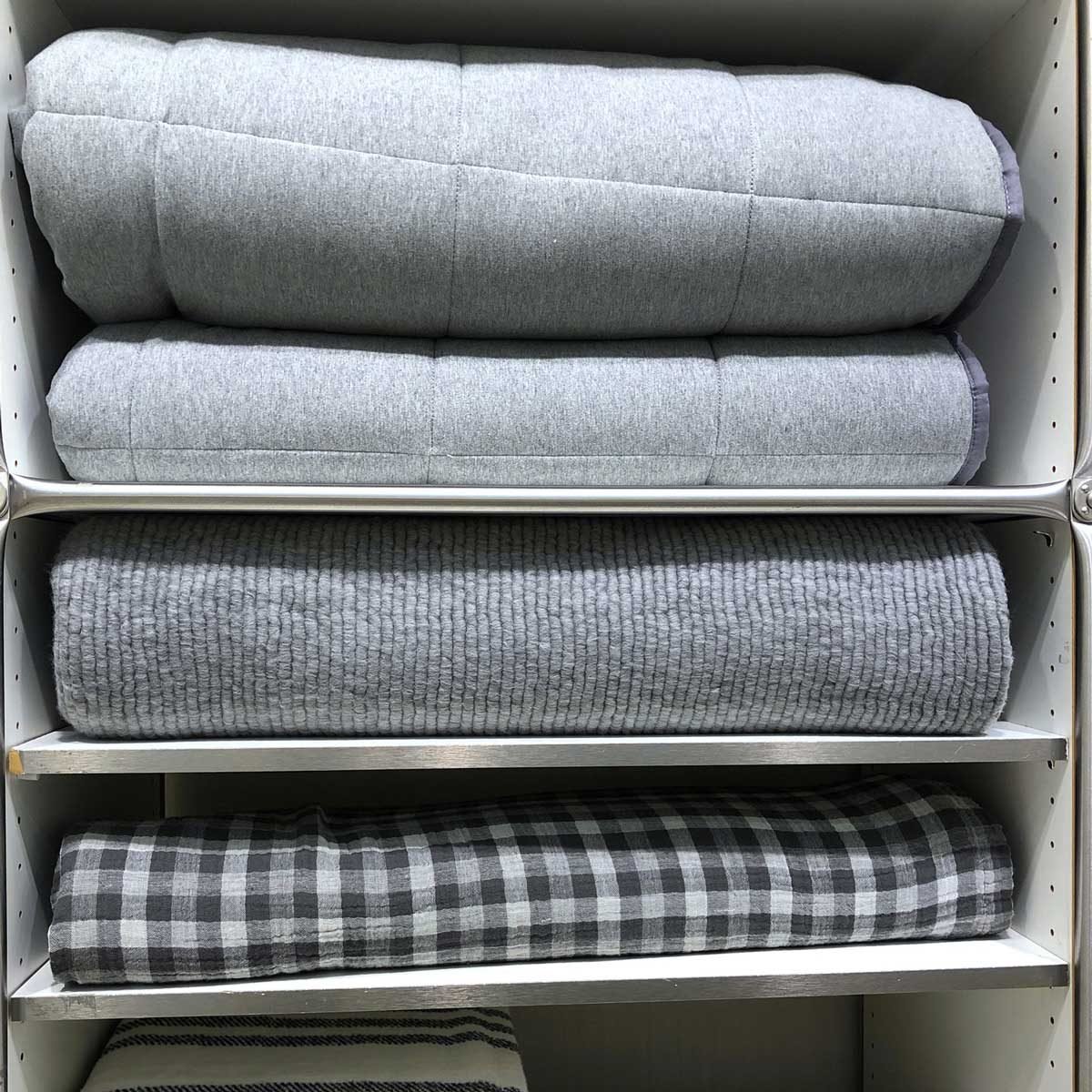

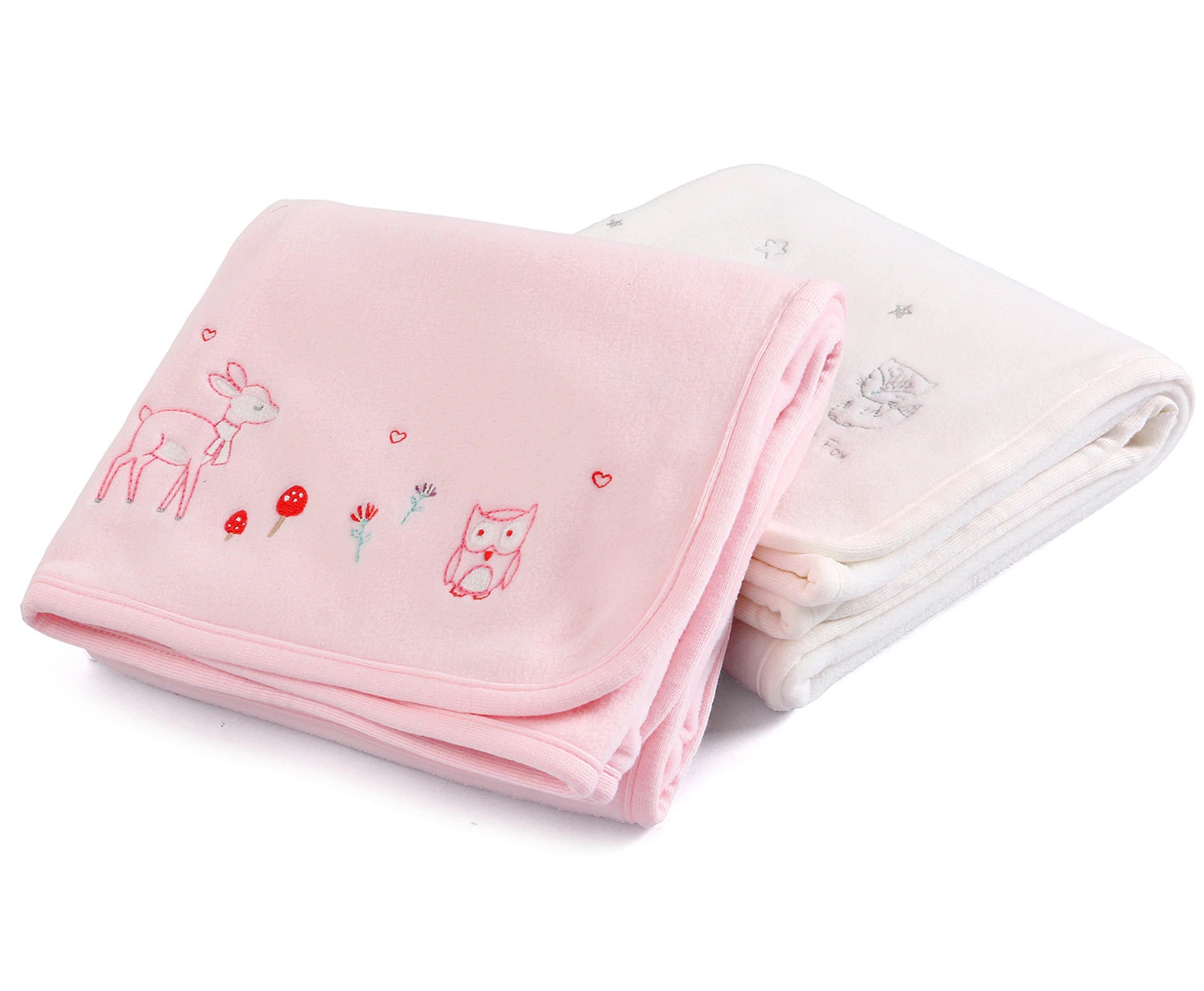

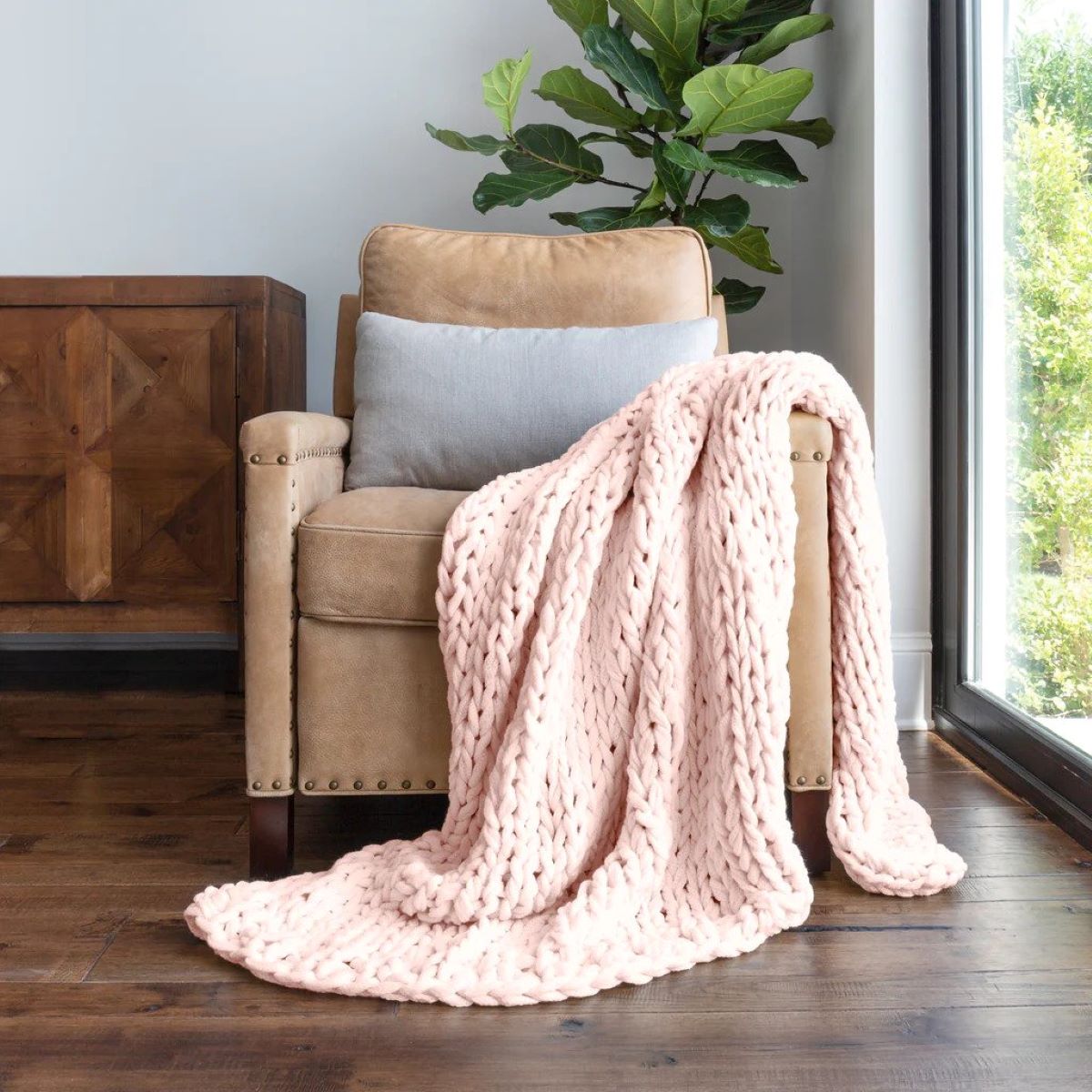

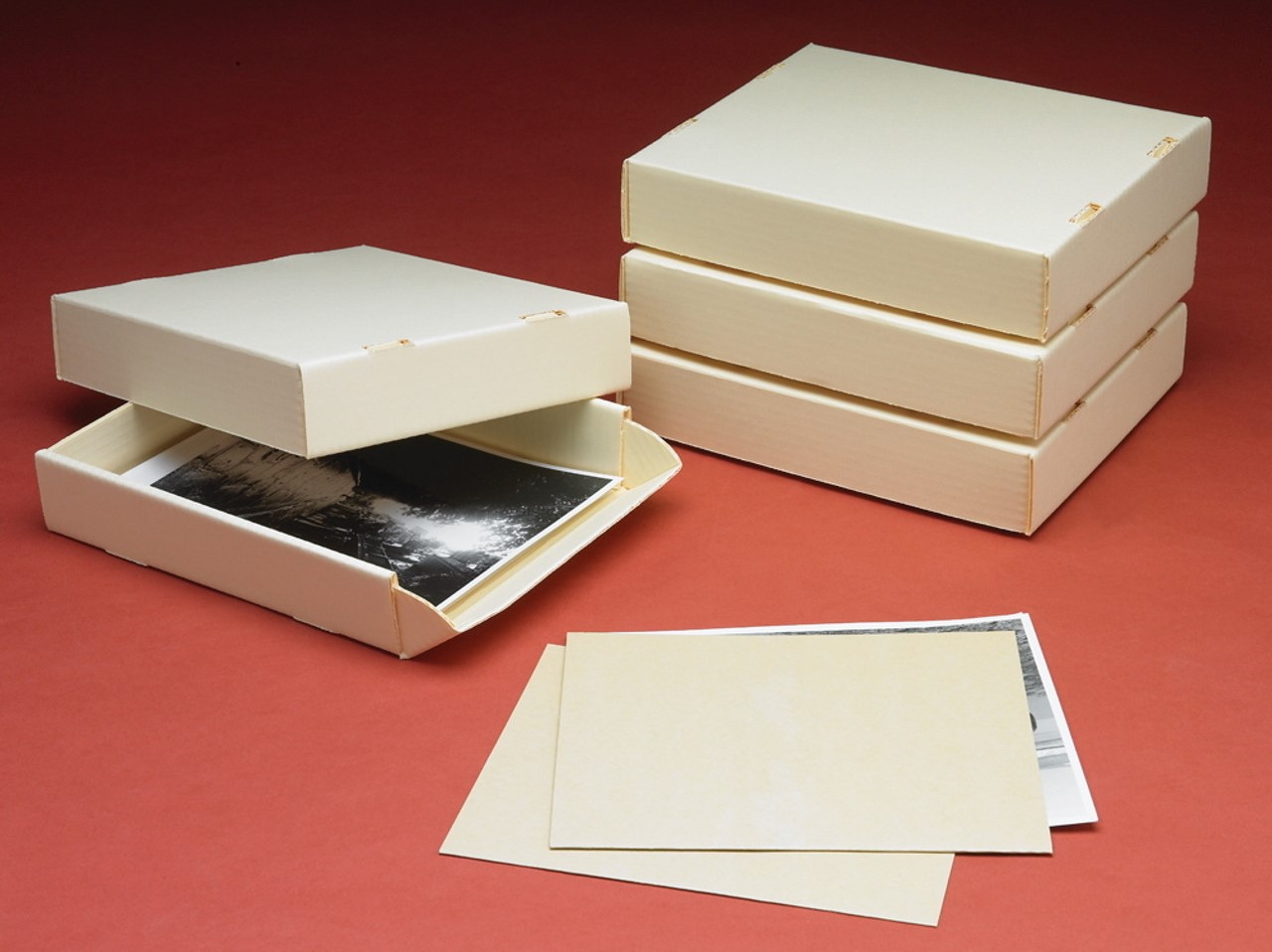
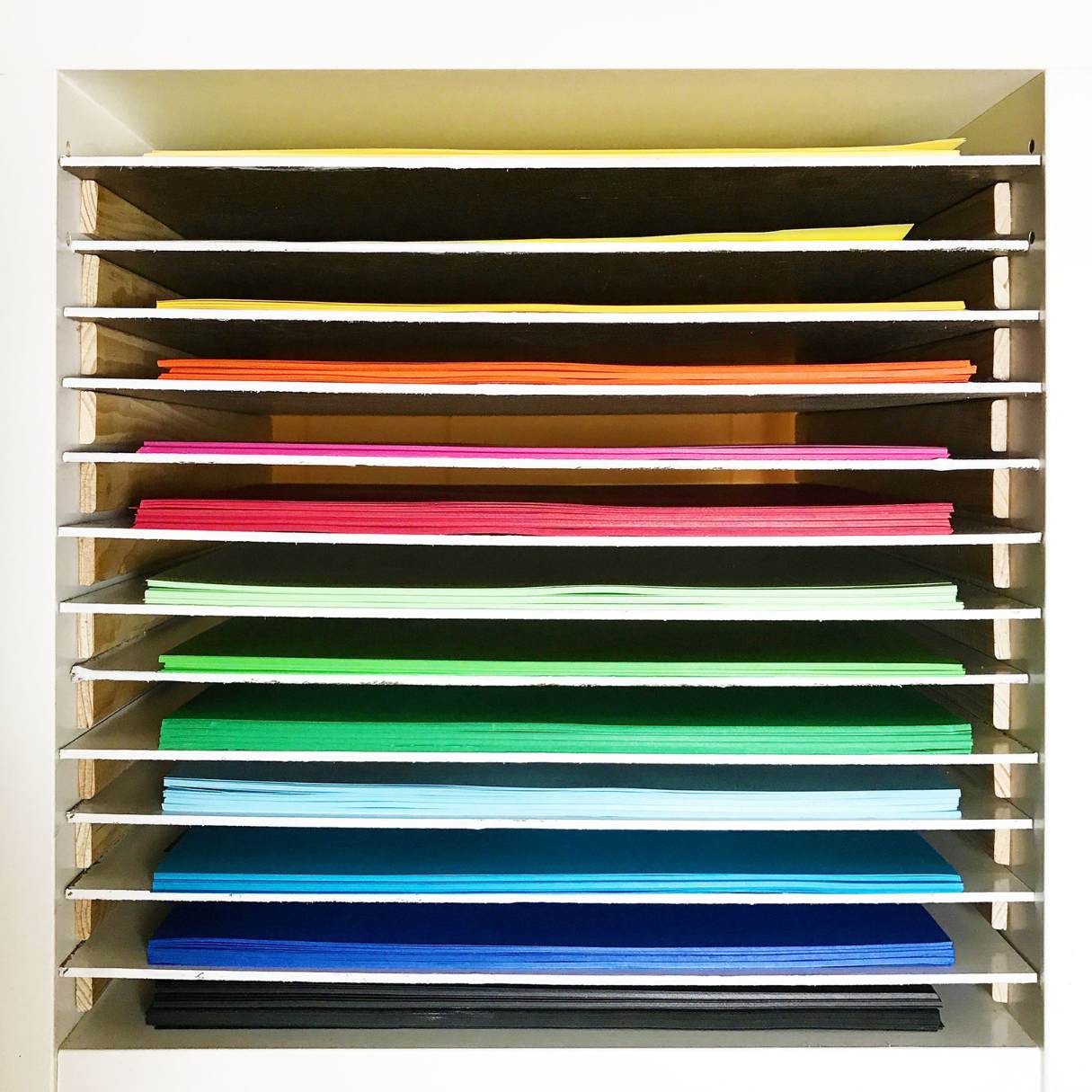


0 thoughts on “How To Store Large Blankets”